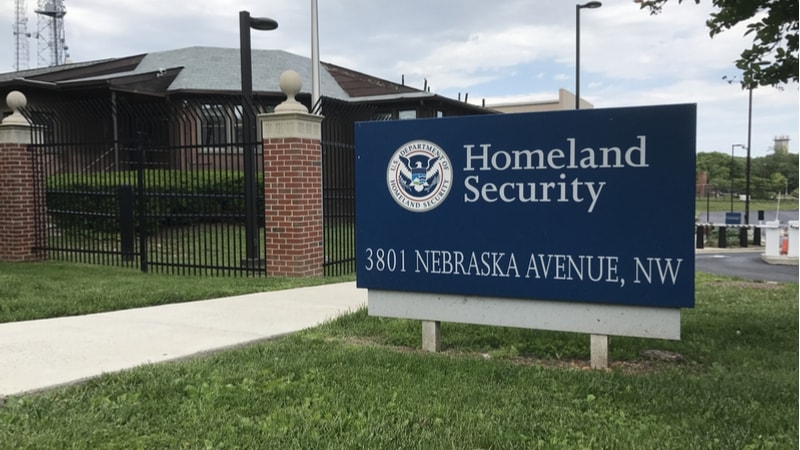
As the meaning of the term “cyber” shifts and expands within the intelligence community to include influence operations, officials are turning to data analysis tools to address the changing threat landscape, a Department of Homeland Security (DHS) official said at the May 5 FedInsider webinar.
Emily Barbero, branch chief and deputy CDO within OCIO at the Mission Operations Branch of DHS’s Office of Intelligence and Analysis, shared that the intelligence community has received praise for its handling of the terrorism landscape, but more is being done to improve collaboration in other areas.
While much of DHS’ work is in law enforcement, Barbero works in one of the few IC components of the department, overseeing a team of over 90 data scientists, developers, engineers and data policy subject matter experts. One of her roles is to lead the department’s implementation of National Security Presidential Memorandum – 7, a 2017 directive to share intelligence across the IC for threat monitoring.
“We’ve done a good job tracking terrorism,” said Barbero, but explained that “from both a data standpoint and a technology standpoint” the community can collaboratively address cyber and insider threats. Advancing counterintelligence capabilities and activities to detect, deter, and counter foreign influence activities is a key point in the National Counterintelligence and Security Center’s (NCSC) strategy released in February.
“It’s really about us coming and bringing together the datasets and the things like that, so that we can really go after the cyberthreat actors,” Barbero said.
“We’re seeing … the term cyber expanding,” she said, adding that “cyber” is now considered social media threats and foreign interference in U.S. elections.
“We need to attack this problem from a more comprehensive standpoint … We need to build the technologies and we need to integrate the information in order for us to be proactive and reactive as a U.S. government,” Barbero said.
She emphasized that new tech will not take decision-making capabilities away from human analysts. In her office, as a member of the intelligence community, they “never want a machine making our decision,” Barbero said. The data capabilities are only there to support the decision-making process.
Barbero explained the strategy as, “Bringing the data closer to the problem and freeing up their [analysts] time and giving them those insights in a much more efficient and effective manner and comprehensive manner so that they’re then able to move out and execute at a quicker pace.”
